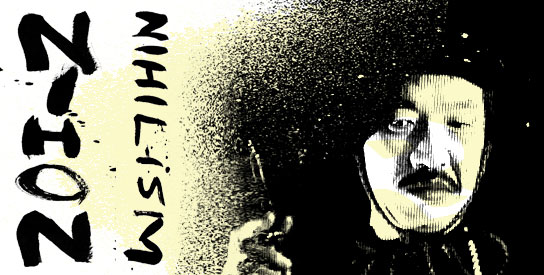 My last Nihon Nihilism post focused on Hisayasu Satō’s excellent Rape Climax, which left me gagging for more Satō. Satō – probably the most internationally acclaimed/reviled of the “pinku shitenno”, a collection of four well known pink directors – has often been met with comparisons to David Cronenberg. I’m not one for making comparisons based on superficial similarities, but I can see where the Cronenberg association comes from, especially in Satō’s Naked Blood: Megyaku. That said, while Satō may be exploring themes of body manipulation and mutation, Naked Blood: Megyaku, for better or worse, is not Cronenberg.
My last Nihon Nihilism post focused on Hisayasu Satō’s excellent Rape Climax, which left me gagging for more Satō. Satō – probably the most internationally acclaimed/reviled of the “pinku shitenno”, a collection of four well known pink directors – has often been met with comparisons to David Cronenberg. I’m not one for making comparisons based on superficial similarities, but I can see where the Cronenberg association comes from, especially in Satō’s Naked Blood: Megyaku. That said, while Satō may be exploring themes of body manipulation and mutation, Naked Blood: Megyaku, for better or worse, is not Cronenberg.
NAKED BLOOD: MEGYAKU
original title: 女虐: NAKED BLOOD
aka: Splatter: Naked Blood
Japan, 1996, Hisayasu Satō
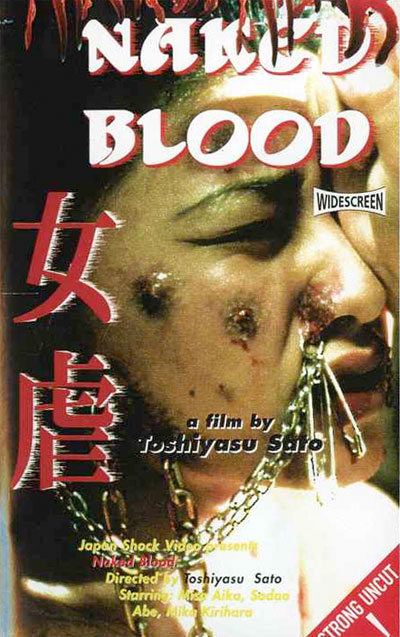
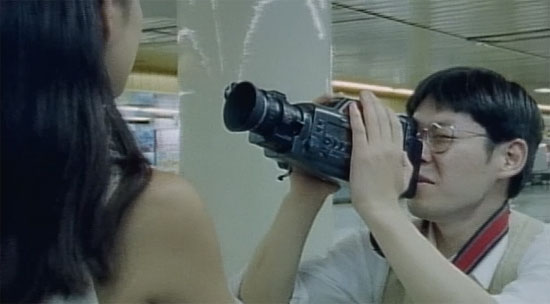
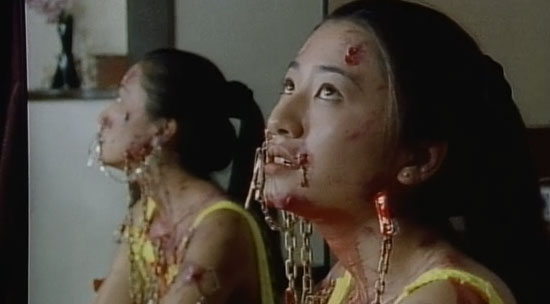
Naked Blood is Satō’s most widely seen work. And it’s not hard to see why. For gorehounds, Naked Blood is a definite crowd-pleaser. While the red stuff doesn’t kick in till quite late in proceedings, when it does, it’s excessive, creative and mad. An incredible blend of overblown, almost comical, gore and cringe-inducing nastiness, the scenes of grue would have certainly had me squealing with joy as a blood hungry teen. Even as a jaded man-child, I was pretty impressed. With scenes like this, it’s hard not to be:
These days though, gore isn’t enough to hold my attention. Thankfully, Naked Blood is more than just a blood bath. Its synopsis may remind some of Flowers of Flesh and Blood (1985), but Naked Blood has little in common with a Guinea Pig film. (Even the gore has a surreal quality that is far from the goofy shock value of Flowers of Flesh and Blood.) There’s something more to Naked Blood. The dialogue is beautifully written, a standout example being a casual and somehow sweet conversation between the leads about how much they hate each other. It’s a moment that is both surreal, yet realistic and weirdly romantic. The characters are fascinating. Eiji’s desperation and sincerity is portrayed with great skill by Abe, and Misa Aika’s keeps Rika a head-scratching mystery. Even characters that are essentially archetypal caricatures (the two other victims of Eiji – one being a glutton and the other obsessed with body image) are explored wonderfully through the side effects of MySon. Hell, Satō even incorporates a girl’s love of a cactus without this coming across as stupid.

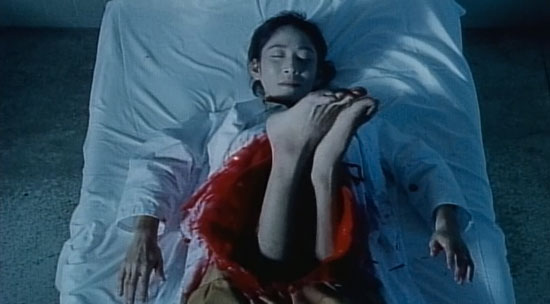
Perhaps not the best representation of Satō’s work, Naked Blood is nonetheless a great film and, despite its rough content, very much an accessible one, at least in comparison to something like Rape Climax. Its gore quota may be what it’s known for, but it’s far more watchable and re-watchable than your typical gorefest. By giving us an interesting set of characters (competently acted by decent performers) and a thoughtful plot, the gore scenes merely feel like an added bonus. Check out Naked Blood… it’s not hard to find.




